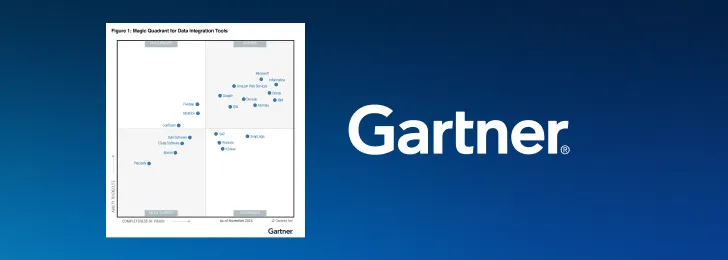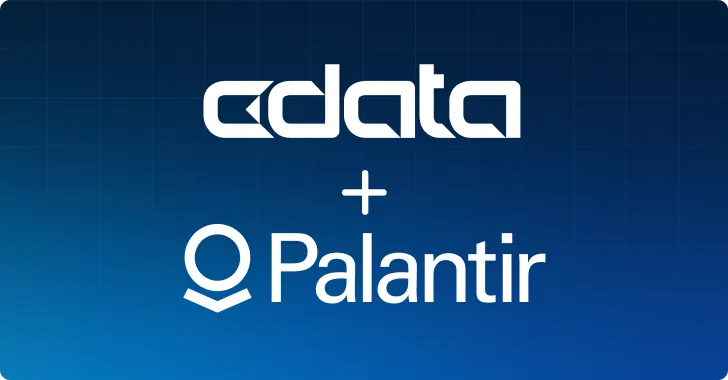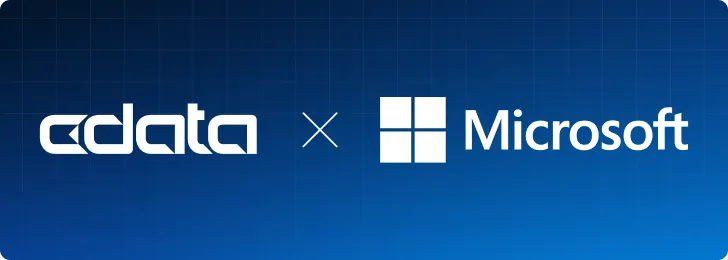
Data is an inextricable part of how enterprises operate. Data keeps us informed, connected, and productive. Data is constantly collected and concentrated, which attracts more data. We call this data gravity.
Definition of data gravity
Data gravity can be defined in the same way as natural planetary gravity: Think of places where large datasets reside. Let’s call them “planets.” There are "moons"—services, applications, additional data, etc.—that orbit a planet. The moons are attracted to the planet by its gravity. The planet attracts more moons, which adds to the planet’s gravity. In turn, higher gravity attracts even more moons.
In essence, apps and services attract data, which attracts more apps and services to leverage the data for enhanced operations, resulting in a kind of unrelenting cycle: The larger a data source gets, the more services, apps, and data are attracted to it; the more items it attracts, the larger the data source gets. The ramifications of this phenomenon are predictable: Data gravity offers convenience by the proximity and diversity of data, but also presents data management challenges.
The effects of data gravity
In the past, the only way to store and access data was to have servers on-site, which became a problem as they quickly collected more data than there was room for. Today, there are hundreds of flexible cloud services where organizations can store their data off-site. Data gravity doesn’t go away with the advent of cloud storage, however; data is still stored on servers owned by the cloud services.
The “weight” of the data still exists. The responsibility of data management still belongs to the organization that owns the data. And they not only need to manage the data they currently have, but also plan how to manage data they collect in the future.
According to the Data Gravity Index (DGX) 2.0, organizations are becoming increasingly dependent on digital workflows. By 2025, incremental enterprise data loads created and used across public cloud and private data centers are expected to grow to around 1.2 million exabytes (1 exabyte equals 1 billion gigabytes).
In addition, many organizations may not be able to access and analyze the data that’s been generated because the data is hidden within the chaos of overburdened and mismanaged data sources. It’s the proverbial “needle in a haystack” situation.
The drawbacks of data gravity
While ever-expanding sets of data can be a good thing for application accessibility and data diversity, it also presents some significant challenges. As datasets grow, they can become "heavy.” The more data an organization accumulates, the heavier and more unwieldy it becomes. The task of migrating data from one source to another gets increasingly more complicated. Navigating through dense, crowded datasets for necessary information can be costly—in time, resources, and revenue. The sheer volume of data can overwhelm IT resources and put timely business operations at risk.
This effect is felt beyond the operations of a single organization. The masses of data that are stored, moved, shared, or transferred can affect all systems that rely on the data, creating latency. Organizations that depend on data from other sources can get bogged down as data access slows to a crawl.
Managing data gravity
Data gravity cannot be avoided in today’s data-dependent world. If not managed properly, data gravity can slow down processes, from accessing, organizing, and validating to integrating, migrating, and analyzing. Data integrity degrades; processes become delayed, and inaccuracies show up, which impacts precise analysis.
Data gravity has a profound effect on migration and integration projects—whether the data resides on-premises or in the cloud—so plans must include how to manage the “weight” of the datasets—separately, and as they are brought together or moved.
To be useful, data needs to be current, accurate, and collected and maintained according to security policies, governance, and regulations. Speed is also essential for businesses to stay competitive. Timely access to, and analysis of, data is critical in informing business operations and strategies.
A data fabric approach can help to manage large datasets in different locations, counteracting the negative effects of data gravity. Data fabric can help connect disparate data across your ecosystem for simplified data access and management. When data is effectively managed and connected across the entire tech stack, it becomes less burdensome and more vital to the success of the organization.
How CData can help
Data management, integration, migration, and analysis depend on solid connections between the applications systems used across the org. CData offers hundreds of out-of-the-box drivers that connect any data across the stack. This means that teams can access data from across their CRMs, ERPs, HR systems, databases, warehouses, and more using SQL queries – no custom API calls or pipeline maintenance needed. CData Connect AI allows smooth connectivity to hundreds of cloud applications, databases, and warehouses for seamless, holistic reporting on live data directly from the source.
Explore the CData difference. Download a free trial today.





